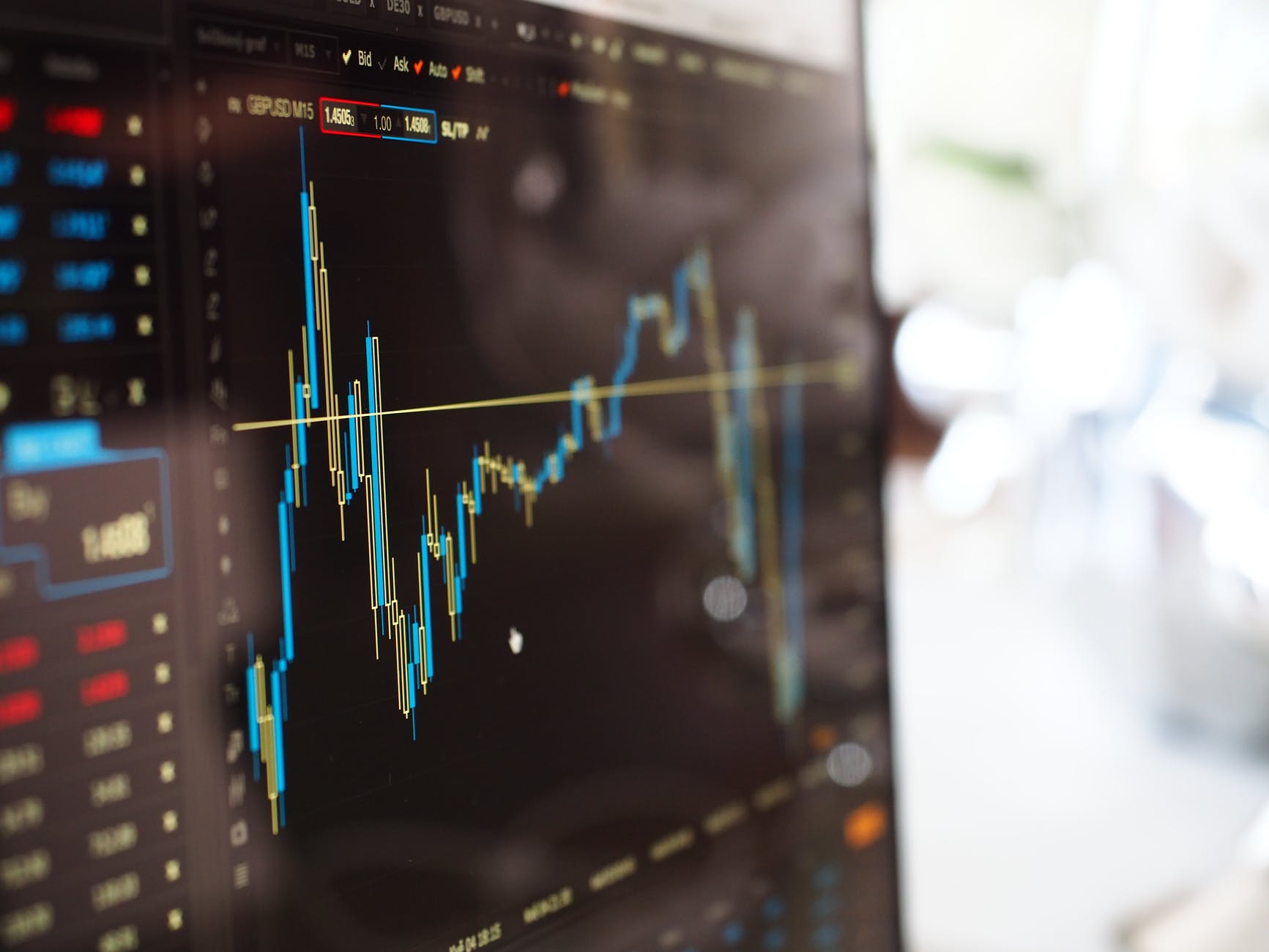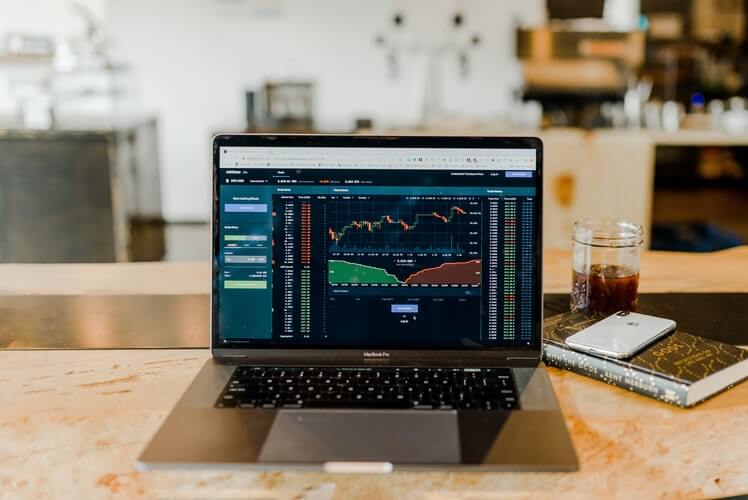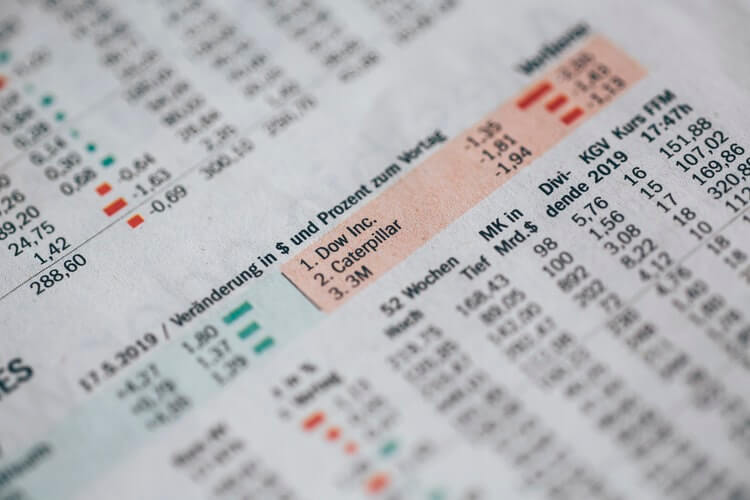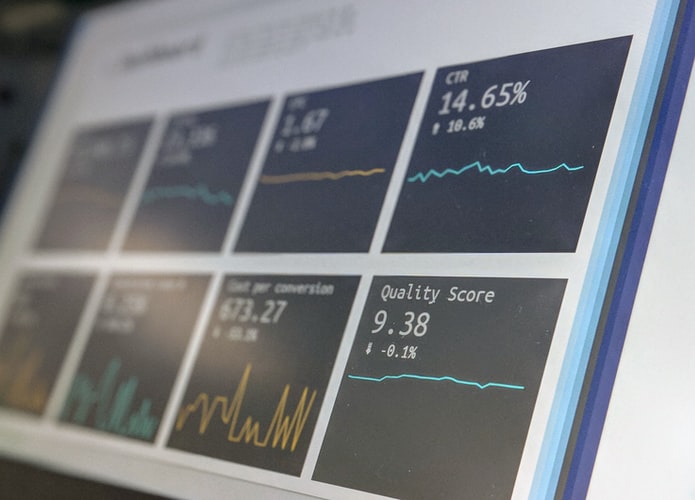Many newbies into the world of forex trading are curious as to which timeframe is the best for trading. Most, however, enter into a trade without having a specific exit strategy. Normally, they will hold a position for as long as necessary. While the use of stop-loss and take profit orders helps secure your revenues, having a pre-determined duration within which you can hold complements your trading strategy.
Timeframes are an essential consideration in trading. Because there isn’t a perfect timeframe per se that works across the trading world, traders ought to know the differences between the various options available. This way, they shall be in a better position to go with what works for them as pertains to their trading style, goals and, ultimately, their personality.
At the end of the day, for any meaningful trading to take place, you need to settle on a specific timeframe.
What Is A Timeframe
In its primary sense, a trading timeframe defines your trading style. It is the length of time between your entry and exit into a market. The timescale you settle on decides the amount of time you are going to hold a position on the market.
Usually, timeframes fall into either long-term, medium-term and short-term , timeframes. These two classifications differ according to the trading style employed.
Traders utilizing long-term timeframes generally hold their position much longer than in a short-term scenario. One of the essential factors to consider when it comes to timeframes is therefore your trading strategy as well as the goals you intend to achieve with the venture.
When trading, you don’t necessarily have to stick to one timeframe. You can use a combination of all three successfully. However, before then, you will first need to fully comprehend the significance of employing each of the three timeframes.
Significance Of Timeframes In Forex Trading
Such an impressive scale of liquidity characterizes the FX market as a result of the vigorous trading witnessed by brokers and traders alike. With such remarkable trade volumes witnessed daily on the FX scene, traders can gather valuable information in relatively shorter timeframes.
Additionally, forex markets across the globe follow a 24-hour trading period. Different markets open and close at different times and as such, usually feature varied operating intervals. As a trader, you can switch gears and explore other market conditions as you consider different timeframes across the globe.
The variation that markets display could point out to different characteristics that traders are out to capitalize on. As such, you can go as far as considering varying market conditions across various timeframes.
The key here is variety. If the conditions are unfavorable in your native markets, then switching gears may mark the difference between turning a profit or losing it all.
Matching Timeframes With Your Trading Style
Different traders employ equally diverse trading strategies. As such, the timeframes considered during the activity differ across the board.
Usually, the timeframes traders use to determine how long they hold a trading position vary greatly. Different trading styles necessitate different timeframes. For instance, scalpers consider extremely short timeframes that may last no more than a couple of minutes. This points out to their fast-paced trading approach.
On the other hand, long-term investors would prefer less hurried timeframes and, as such, would hold a trading position for extended periods. These periods may run into days, weeks or months as dictated by the trading strategy.
This section will look at the different timeframes that match the different trading styles in use today.
1. Day trading

While day trading, operations close at the end of that trading day. This means that traders will rarely hold their trading positions past close of business on that day. It is a short-term trading strategy whereby traders take pre-determined positions as worked out by their trading plan. Once trading closes, a trader also secures his or her returns for the day, regardless of a profit or loss.
The timeframes used during day-trading range from a few minutes to even several hours. This range often depends on the market dynamics as well as the traders’ overall goals. Even so, the timeframe should not exceed the particular day during which trading happens.
Day trading is common since the selected timeframes elapse quickly and traders can monitor their results and evaluate future strategies following the day’s achievements.
Despite its popularity, it is one of the easiest strategies that can yield losses. This is because of the unique nature of day trading that necessitates frequent trading decisions. In trading, your experience is a valuable asset, and more so when faced with multiple choices.
Typically, day traders have to monitor market trends for shifts in price direction constantly. As such, this becomes a constant activity that often wears out traders, especially those who haven’t been in the game for long.
In the beginning, short-term trading may seem like an ideal form of trading. Results come in as soon as you place a trade. So, in theory, you could potentially make a profit every day you trade. However, unlike what is sold in countless blogs online, day trading takes time to master and the learning curve is unforgiving.
If you are considering the shorter timeframes, day trading is popular with, thin again, especially if you haven’t tried out other trading styles.
2. Swing traders
Traders make extensive use of technical analysis as a means of determining their entry and exit into the market. Long-term trading is characteristic among swing traders and they will often hold a position for a few days and may run for up to a week or more, rarely more than a month.
Swing trading is often considered the ‘sweet spot’ when it comes to trading durations. It is a sort of combination between the highly compressed day trading and the otherwise stretched day trading scenario.
Through swing trading, traders are backed by the advantages of both short-term and long-term trading strategies. And as a bonus, they rarely have to take on the risks the other trading classes put up with, hence its popularity.
While swing trading, you can use both daily charts and hourly ones to determine your trade entry. The daily chart presents the prevailing trend in the commodity or currency you wish to trade. Once you identify the pattern, a much condensed hourly chart can then assist you in determining your entry point into the market.
3. Trend traders
While trading trends, you must consider a wealth of information and conduct a thorough analysis of the market of interest. This is because positions are held for significant periods and a wrong approach to trading could mean a considerable loss of money.
Because of the length of time trend traders are involved in a trade, it only follows that their timeframes are much more substantial.
Regularly, trend traders seek out long-term trends in the market. To do so, they have to consider price movements for extended durations before investing. To identify a possible pattern, you have to consider weeks, months and even years’ worth of data to pinpoint with certainty how the trend moves.
Even after identifying a potential trend, the time taken for it to mature and yield the desired results is substantial, and trades may often run for months or years on end. Patience is a must-have attribute for trend traders before one can consider liquidating their positions.
4. Scalpers
These guys are basically day traders but follow extremely short-term timeframes that are dictated by whether the trade in question has returned a profit. Scalpers work fast, and rarely will they hold a position for several hours.
With the speed that scalpers follow in trading, the right market conditions mean that they make decent, if not impressive returns in such a short amount of time as opposed to other long-term traders.
However, the opposite holds when the market moves against them; losses are a constant scenario. As with day trading, you risk a considerable amount of your money scalping due to the high frequency of trading activity involved.
Additionally, extremely short-term timeframes have very little room for error. So unless you eat, drink and live in the trading arena, get into scalping at your own risk.
Trading with multiple timeframes
Once you get the hang of using a single timeframe for trading, you can broaden your trading approach with the use of multiple timelines. It is a surprisingly well-known concept but hardly put to use once traders specialize in different trading approaches like day trading, momentum, trend etc.
Multiple timeframes simply combine different timeframes to compare different trading approaches. You need as much information as you can get your hands on when trading for profit. Multiple timeframes can provide this and go a long way in defining the result of your trades.
Multiple timeframe analysis

An analysis of multiple timeframes considers a currency pair’s performance during different timeframes. You can ponder their profitability in several frequencies to get a good idea of how the currencies perform in each.
While you can study several varying periods, three periods are adequate and will deliver comprehensive details surrounding the currency pair. As mentioned earlier, as you take into account more information, you will be in a better position to predict the outcome of the trade. Considering fewer than three timeframes will result in the loss of essential data that could have been the key to your success. Any more and you run the risk of redundant analysis.
As such, traders ought to reflect on trading with multiple timeframes as a way of ensuring profitable outcomes.
In general, when considering multiple timeframes, you have to follow a four-step course. It mainly involves taking into account the three main timeframes in use and striking a balance among them.
Typically, multiple timeframe analysis requires that you first determine the medium-term duration for a trade. Once this is established, get the short-term timeframe which ought to be a quarter of the medium figure. And finally, the long-term timeframe comes in last. It should be at least four times greater than the intermediate timeframe figure.
Selecting your preferred timeframe classes should also match your trading style. For instance, day traders can go with a 60-minute figure as the median, 15-minute, and 24—minute timeframes then point to short-term and long-term periods respectively.
In the case of long-haul traders, these figures may prove impractical, and you need to adjust your data accordingly.
· Long-term timeframe
While trading, monitoring the prevailing trend works in your favor. And as such, the long-term timeframe allows you to get a broad picture of how the market is moving.
While you shouldn’t base your trades on such a chart, it is advisable to follow the general trend direction as derived from a long-term timeframe.
Currency markets are affected by fundamental factors in prevailing global markets. Therefore, besides monitoring price action during a long-term timeframe, be keen on the goings-on around the globe. The more time you allow a trend to develop, the higher the likelihood that various factors will have a role in their direction.
· Medium-term timeframe
As you scale down to a medium timeframe consideration, you are further bringing to the fore smaller moves that form part of the general trend. The medium timeframe strikes a balance between long-term and short-term timeframes and, as such yields valuable information.
The medium-term timeframe is vital as it is gotten from the average time a trader expects to hold a position. Therefore, you must monitor this chart as frequently as possible.
· Short term timeframe
Shorter timeframes provide a clear picture of the specifics that affect the general trend. By monitoring this period, you will get a sense of minute price activity taking place and pick out entry points into the market.
Like long-term timeframes, fundamental market information is essential owing to the effect on currency markets that fundamentals bear. Observing these minute periods should reveal the impact on the prices following global market reactions. The reaction, unlike trends in a long-term timeframe, is magnified and therefore hard to miss.
On a chart, these moves are pretty sharp and may often follow a repeated trend, hence the term noise. Traders should consider how other timeframes progress while monitoring short-term timeframes.
· Combine the three
Once you consider all three timeframes, you will ultimately have a bigger picture of the trade you are about to enter and potentially improve your odds of profit investing in the market.
With a combined strategy, you can then check to see if the timeframe analyses of each period are consistent. If conflicting, you are better placed to exercise caution before trading.
On the flip side, however, if everything lines into place and the trend established in the long-term timeframe follows through up to the short-term, then trading such a scenario has good prospects. To be confident in your trade, these three timeframes must be aligned.
When you incorporate multiple timeframes in your strategy, you should be able to identify, with ease, strong entry, and exit levels, especially on the short-term chart. Identifying support and resistance readings is beneficial to traders in that they can avoid weak entry prices, correctly place stop orders and have reasonable targets for their trade moves.
Takeaway
Timeframes are a critical aspect of trading. They provide essential information on how the market behaves and can dictate when to enter or exit a position. As timeframes usually match with a specific trading style, you can use them to identify trends and follow through with a trade.
Multiple timeframe analysis can also provide additional data into price movements and the cause of such activity. Having an exhaustive understanding of the three timeframes goes a long way in increasing the confidence of your trade.




































